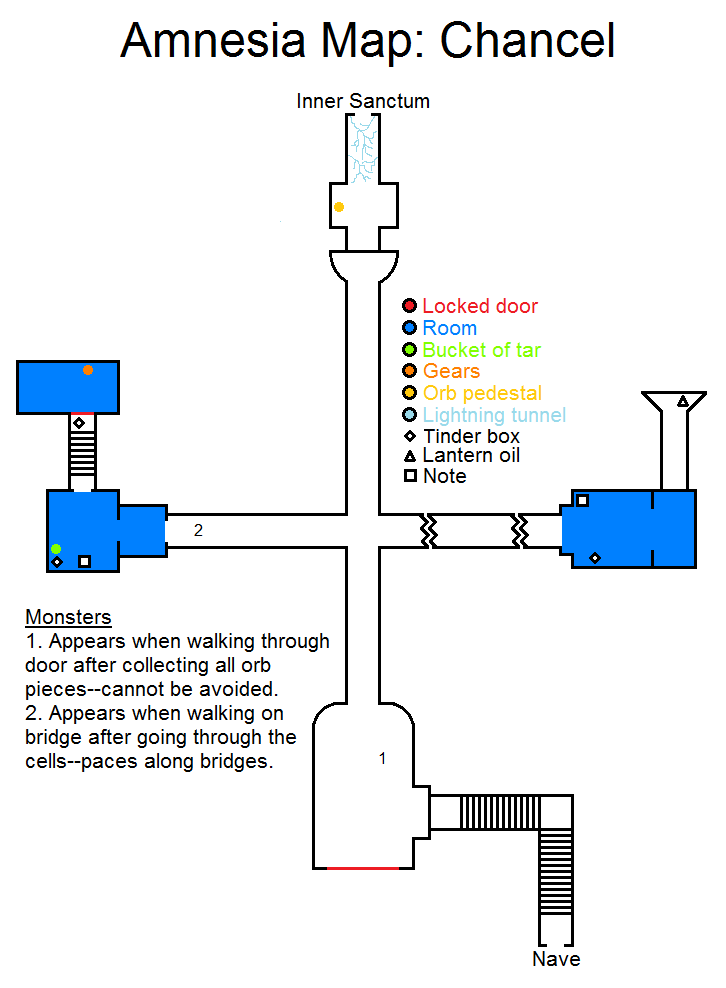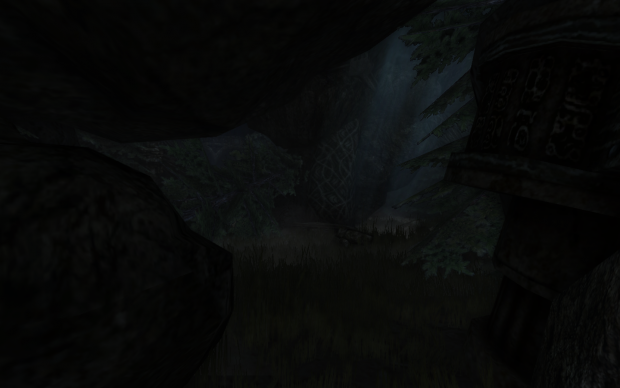
The machine room area here has some improvement potential with placing coals, but that segment is really annoying to do, and the clean cog throwing made this attempt the fastest. The back hall area required some re-recording and re-routing (Re-record the order from storage->guest room->study to the reverse) due to an improvement found (skipping a flashback) when running. This chapter is from the start of the game to the elevator. Health regenerates faster the lower the player's health is. Not a bug, as the game intentionally slows you down during flashbacks and it would be unfair for the monsters to chase you.Īvoid Damage: If you drop below 50% health then the players move speed starts to decrease. Jumping onto a ramp may boost you forward.įlashback Invisibility: Enemies cannot see you if you are currently in a flashback. Jump-stacking makes this particularly useful.īoosting (Other): If the player lands on thin surfaces, or surfaces of a certain angle, movement can often be re-directed.

stairs, barrels), the impulses can stack giving a really high jump.īoosting (Wall): Certain wall features (called "welders") have a "bumpy" mesh, where each bump may count as a surface the player can jump off if he is moving into the welder. If the jump key is pressed quickly enough and the floor is angled so that multiple jumps are possible (e.g. Jump stacking: Jumping is applies a vertical impulse to the player. If the save used was an auto-save made when the player entered an area, then the fade in/fade out is skipped and the level changes immediately. Spamming "use" on the load screen after manipulating the direction of the player before saving, makes it possible to use objects from "PlayerStartArea_1" for a frame after loading – typically level doors. Reload-transition: When reloading a save, the game temporarily puts the player at a default area called "PlayerStartArea_1" (see map editor for locations of these areas!) before the game moves the player back to the location of the save. This can be used to go through walls and other thin objects.įast ladder climbing: Simply spam jump and use whilst looking up the ladder. Save-breach: If you save whilst holding an item inside the player body, after reloading the game will try to push you out of that object. The tricky part is getting into the wall enough in the first place, though certain corners and welders let you do this by approaching at a specific angle. Wall breach: As walls are incredibly thin, all that is necessary to breach a wall is to move into the wall enough so that it pushes you out the other side.

This trick is often exploited on cave-ins to get out the map. Un-crouch breach: In certain places, if you crouch and then try to stand, the game will allow you to stand inside thin surfaces above you.

Amnesia the dark descent map manual#
This is primarily because quick load was used on some segments, but also because it is far easier on the eyes to not sit through two loading screens per manual segment! All auto-saves happen during map transitions and these make of the bulk of segmentation. Secondly, the process of loading from the main menu and editing: where a manual segment is made the save and exit selection is still shown, but the loading process from the main menu is omitted. However, the commentary track is incorrect when discussing the end of timing: timing actually stops when the player loses control after the final 'cut-scene'. Level by level comments available in the commentary.


 0 kommentar(er)
0 kommentar(er)
